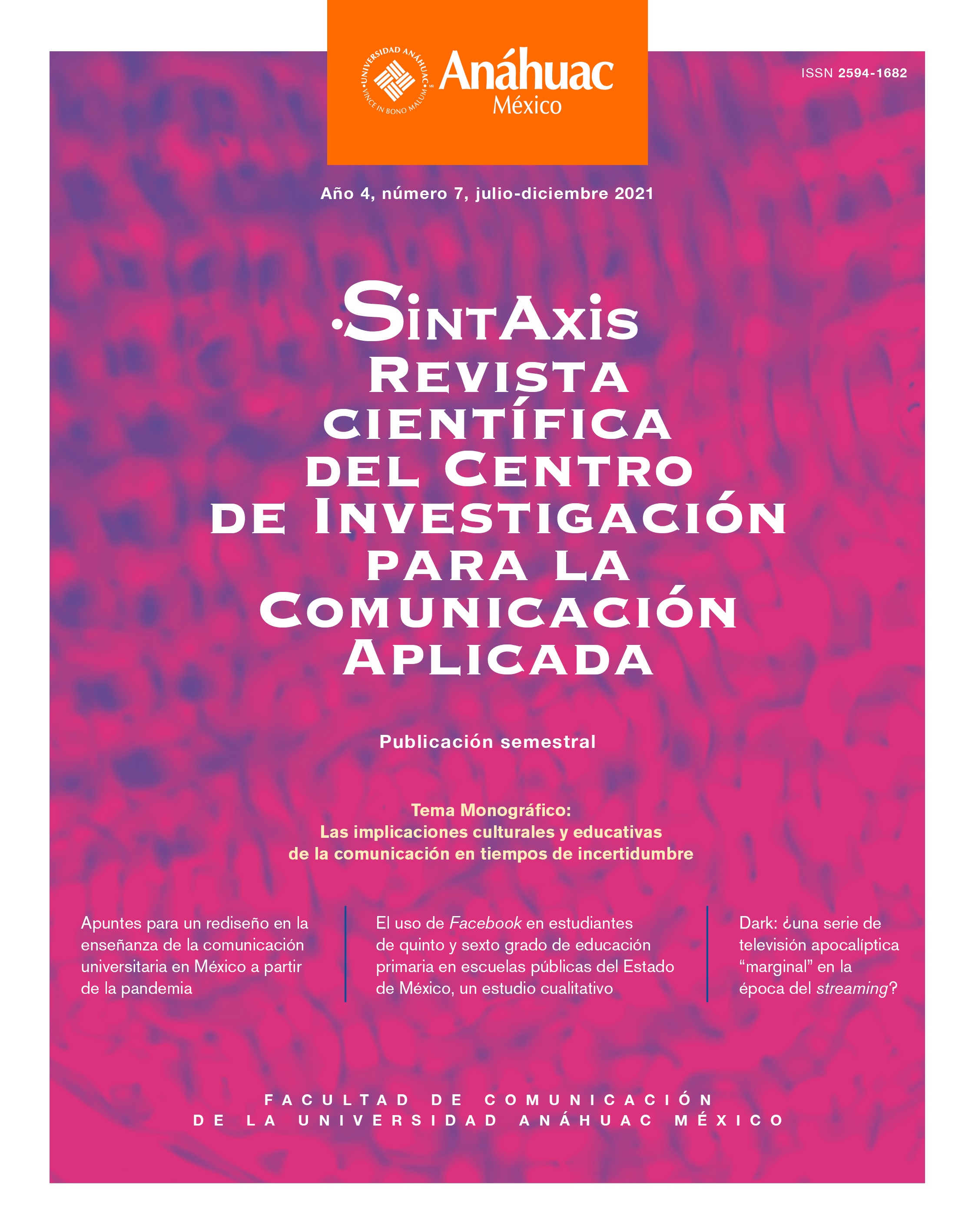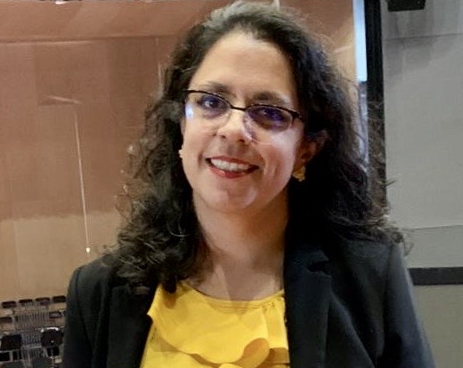Communication studies have several epistemic scaffolds to build visions that explain the plot that crosses the human with reality. The value of each of these methodological structures is of different scope, because there is not a single encompassing discourse. Each methodological approach offers an understanding of a part of reality, hence the need to add new topics each time that analyze problems of social reality from an integrative perspective, that contextualize and analyze from disciplinary structures, in order to explain phenomena that tend to go unnoticed or that have become naturalized. Doing this exercise is usually called metacommunication, since what is sought is to study, analyze and explain communication itself, that is, what communication makes possible, even when it seems to do nothing (Watzlawick, Beavin & Jackson, 1991), since inaction, apathy, and disinterest are forms of communication. In such a way that this issue of Syntax presents studies that are built with these epistemic scaffolds and disciplinary structures that together help us to continue thinking and analyzing our time and our presence in this world.
In number 7 of the Sintaxis magazine, dedicated to the cultural and educational implications of communication in times of uncertainty, we ask ourselves: How are organizations dealing with the health crisis? How has education been transformed in these times of confinement? What are the cultural and social changes that most affect communication, relationships between people, relationships between groups and organizations? How have society, organizations and people themselves been reconfigured through communication in the face of COVID-19? What frames of reference are most important in this time of uncertainty, and what is your approach to communication?
Articles
Communication and social responsibility: student perceptions in two private universities in northern Mexico, p. 13
Polarization in contemporary democracies. Outline of an analytical model of populist political communication, p. 33
Notes for a redesign in the teaching of university communication in Mexico, from the pandemic, p. 50
The credibility of the media and health information among the inhabitants of Mexico City during the COVID-19 pandemic (July-December 2020), p. 78
Towards intercultural professional training in a globalized world. Case study of the Bachelor of Communication Sciences, from the Autonomous University of Baja California, p. 93
The audiovisual campaign of the "National Day of Healthy Distance" and its affectivity heuristic as part of risk communication among Mexican national tourists during the pandemic caused by SARS-CoV-2, March-December 2020, p. 111
The use of Facebook in fifth and sixth grade students of primary education in public schools in the State of Mexico, a qualitative study, p. 135
Pre-lockdown investigations caused by COVID-19 on YouTube use and teens, p. 155
The “style of not having style”: stylistic procedures in the writing of scientific articles and their implications in the production of meaning, p. 176
Dark: a “fringe” apocalyptic TV series in the age of streaming?, p. 188
DOI: https://doi.org/10.36105/stx.2021n7
Published: 2021-08-16



